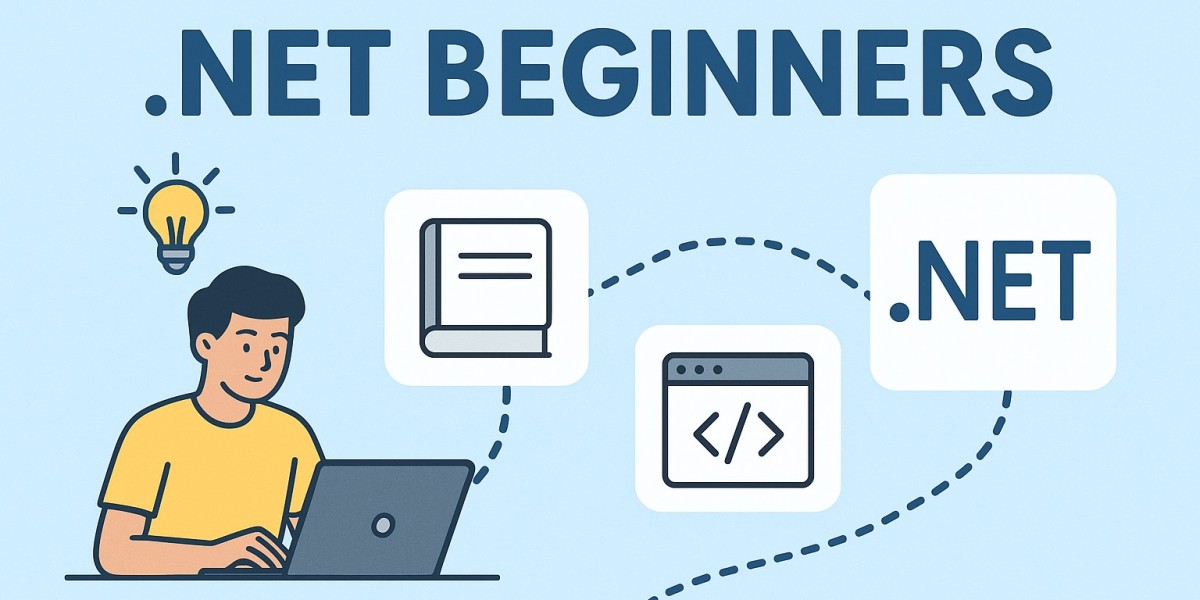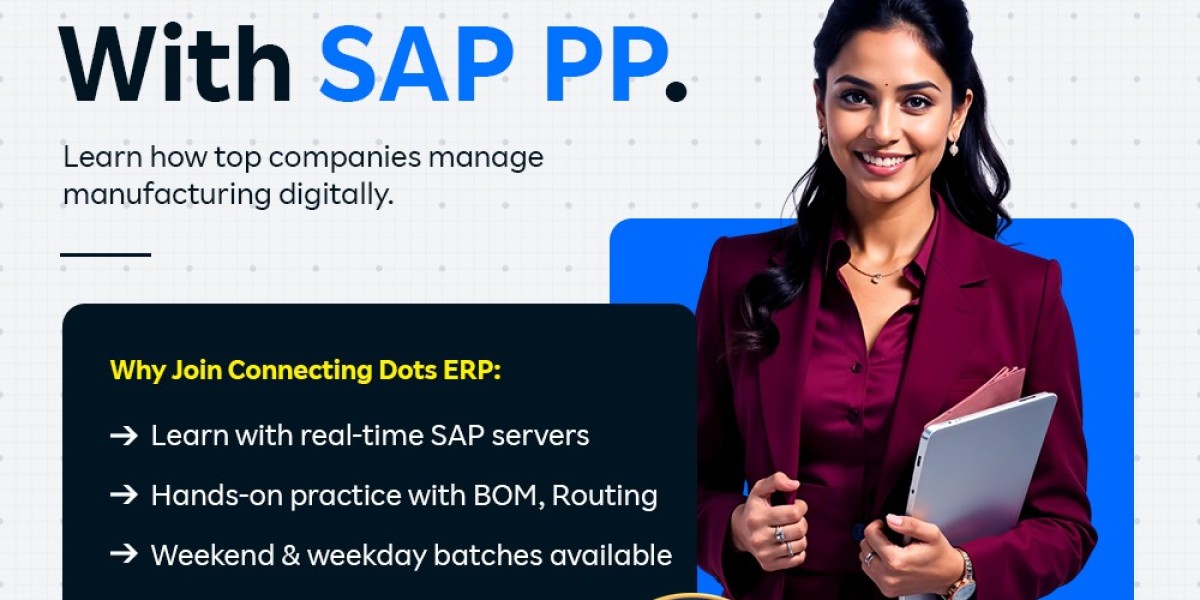If you’re planning to start a career in software development, .NET is one of the best frameworks to begin with. Backed by Microsoft, it provides a powerful, versatile, and scalable environment for building web, desktop, and mobile applications. As a beginner, you might wonder how to structure your learning journey in a way that’s organized and effective. This article provides a step-by-step learning path for .NET beginners, helping you gain a strong foundation and grow into a confident developer.
Why Choose .NET as a Beginner?
Before diving into the learning path, it’s important to understand why .NET is the right choice for beginners:
Versatility – Supports web, desktop, mobile, and cloud applications.
Strong Community – Backed by Microsoft and a global developer ecosystem.
Cross-platform – With .NET Core and .NET 6+, you can build apps for Windows, Linux, and macOS.
Job Opportunities – High demand for skilled .NET developers across industries.
If you’re looking for career-focused .NET Training in Chennai, you’ll find that many training institutes focus on real-world projects, making your learning more practical and job-ready.
Step 1: Understanding the Basics of Programming
Before you dive into .NET, ensure you’re comfortable with basic programming concepts:
Variables, Data Types, and Operators
Conditional Statements (if-else, switch)
Loops (for, while, foreach)
Functions and Methods
Introduction to Object-Oriented Programming (OOP)
Many beginners start with C#, the primary language for .NET, because it’s beginner-friendly and widely used in the industry.
Step 2: Introduction to the .NET Framework and .NET Core
Once you’ve got programming basics covered, it’s time to explore what .NET is all about:
.NET Framework vs .NET Core vs .NET 6/7
CLR (Common Language Runtime) and CTS (Common Type System)
Assemblies, Libraries, and Namespaces
IDEs like Visual Studio and Visual Studio Code
This step helps you understand the architecture of .NET and sets the stage for application development.
Step 3: Learning C# in Depth
C# is the backbone of .NET development. Beginners should focus on:
Classes, Objects, and Inheritance
Polymorphism and Encapsulation
Collections and Generics
Exception Handling
File Handling
Delegates, Events, and LINQ
By mastering C#, you’ll be well-prepared to handle more advanced concepts in .NET.
Step 4: Building Console Applications
Start small with console applications. These projects allow you to focus purely on logic and OOP concepts without worrying about complex UI design. It’s a good way to practice what you’ve learned in C#.
Step 5: Introduction to ASP.NET for Web Development
After console applications, move on to web development with ASP.NET:
Basics of Web Applications
ASP.NET MVC (Model-View-Controller) Architecture
Routing and Controllers
Razor Pages
Entity Framework and Database Connectivity
At this stage, you’ll learn to build simple web applications and connect them with databases.
Step 6: Working with Databases
.NET is often used with databases, especially SQL Server. Beginners should focus on:
SQL Basics (SELECT, INSERT, UPDATE, DELETE)
Relationships and Joins
Stored Procedures
Using ADO.NET and Entity Framework with .NET
Database skills are crucial for building real-world applications, making this a critical step in your learning journey.
Step 7: Exploring Advanced Topics
Once you’re comfortable with the basics, expand your skills:
.NET Core and Cross-Platform Development
Web APIs with ASP.NET Core
Dependency Injection
Unit Testing and Debugging
Deploying Applications on Cloud (Azure)
These advanced topics help you become a job-ready developer who can build scalable and maintainable applications.
Step 8: Hands-on Projects and Portfolio Building
The best way to solidify your knowledge is through real-world projects:
Student Management System
E-commerce Website
Blog Application with Authentication
RESTful API Development
Building a portfolio of projects not only enhances your skills but also makes you stand out in job interviews.
Step 9: Continuous Learning and Career Growth
Technology evolves constantly, and so does .NET. Keep updating your knowledge by:
Following Microsoft’s official documentation
Participating in online forums and communities
Exploring new releases (like .NET 7 and upcoming versions)
Attending .NET Training in Chennai to learn from experts and get practical exposure
Conclusion
Learning .NET as a beginner can feel overwhelming at first, but with a step-by-step path, the journey becomes structured and rewarding. Start with programming fundamentals, move on to C#, and then gradually explore web development, databases, and advanced concepts. By combining theory with hands-on practice, you’ll be well-prepared for a successful career in software development.
For those aiming to take their skills to the next level, professional .NET Training in Chennaihttps://intellimindz.com/dot-net-training-in-chennai/








